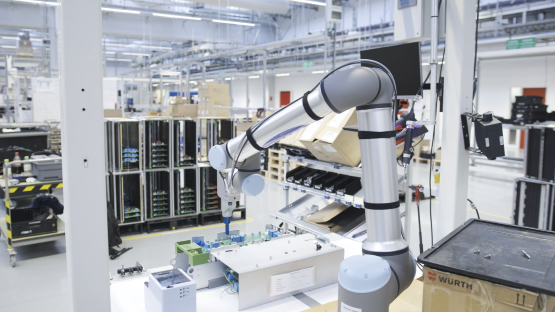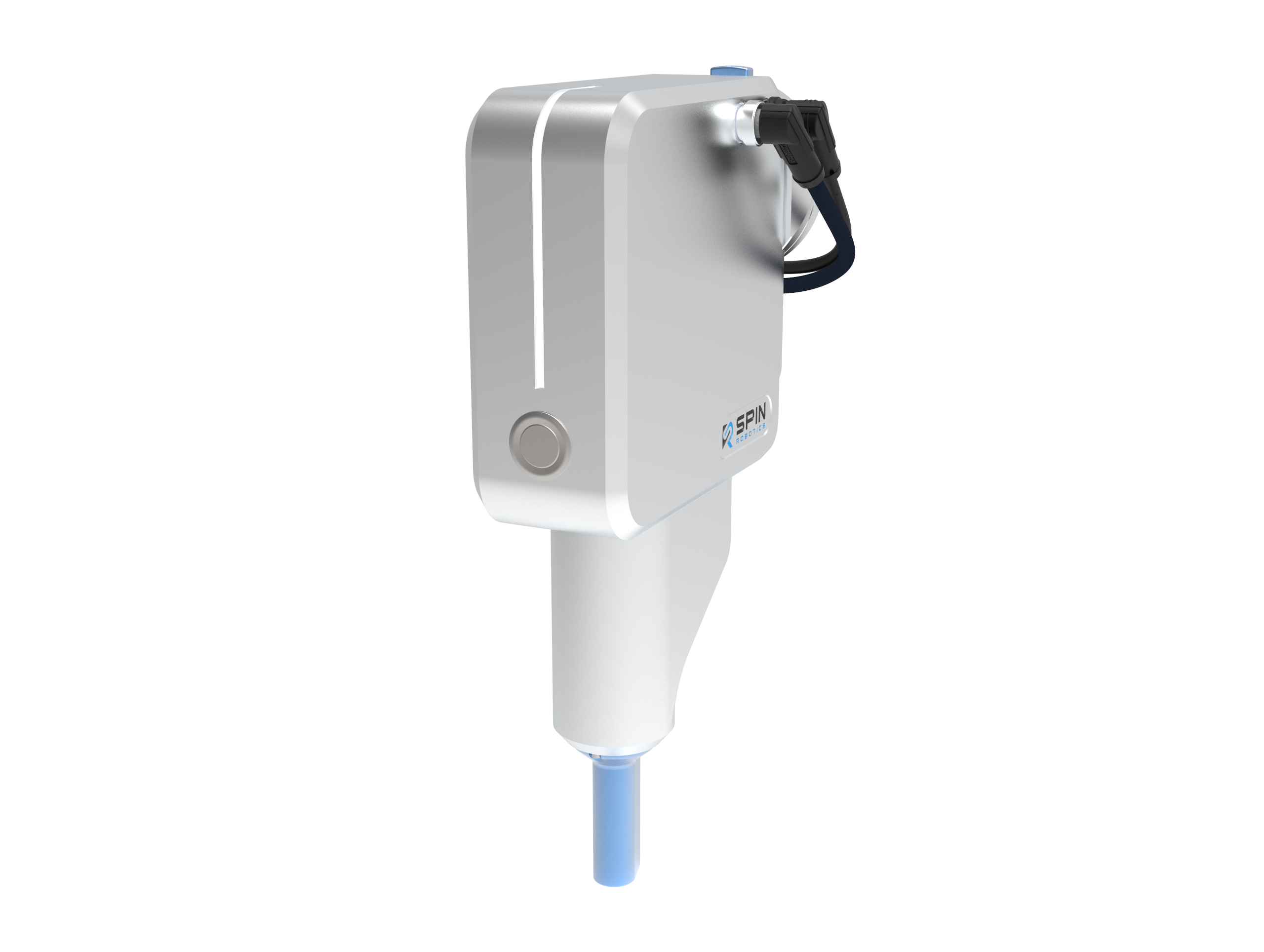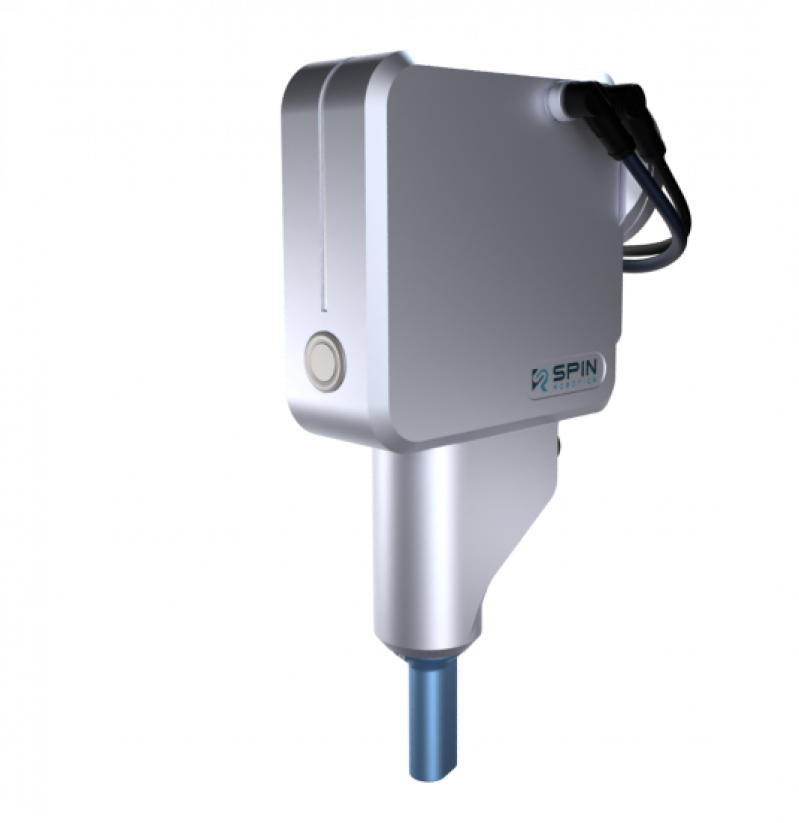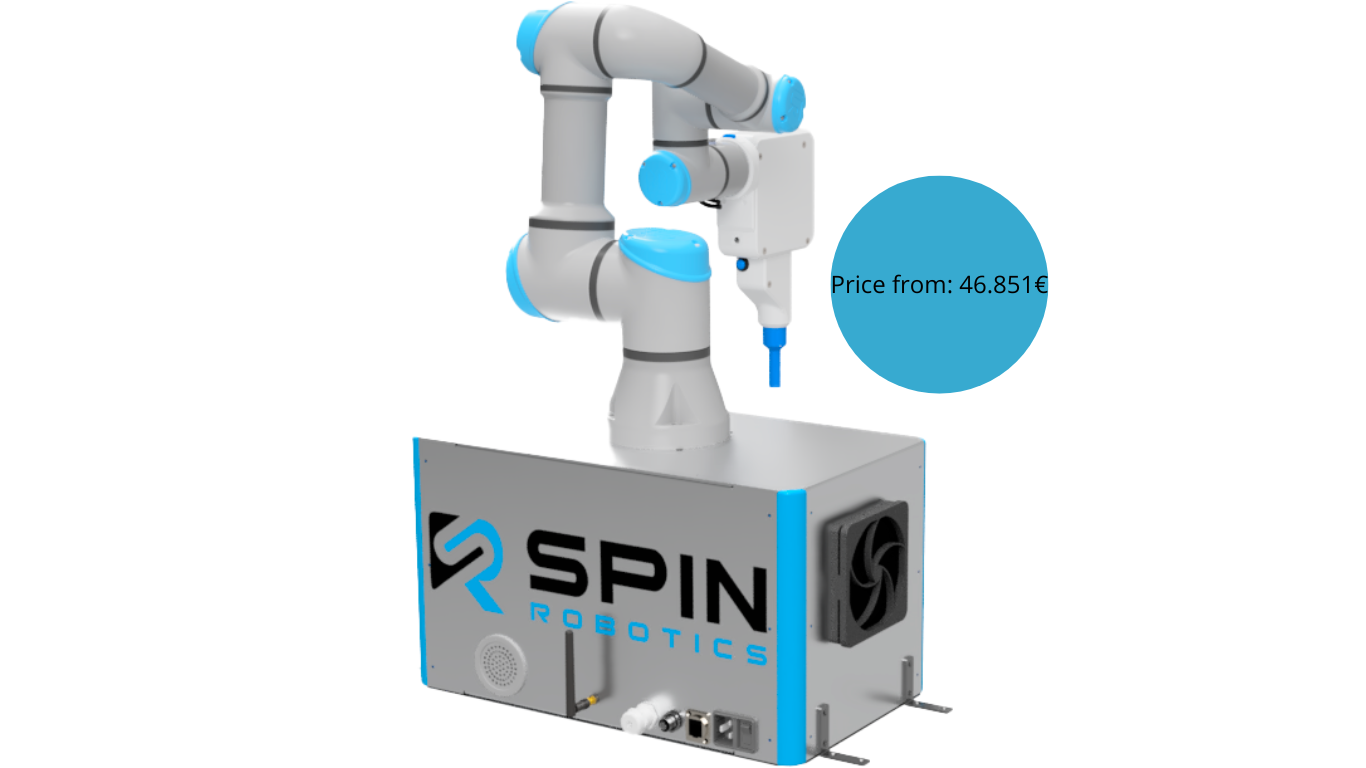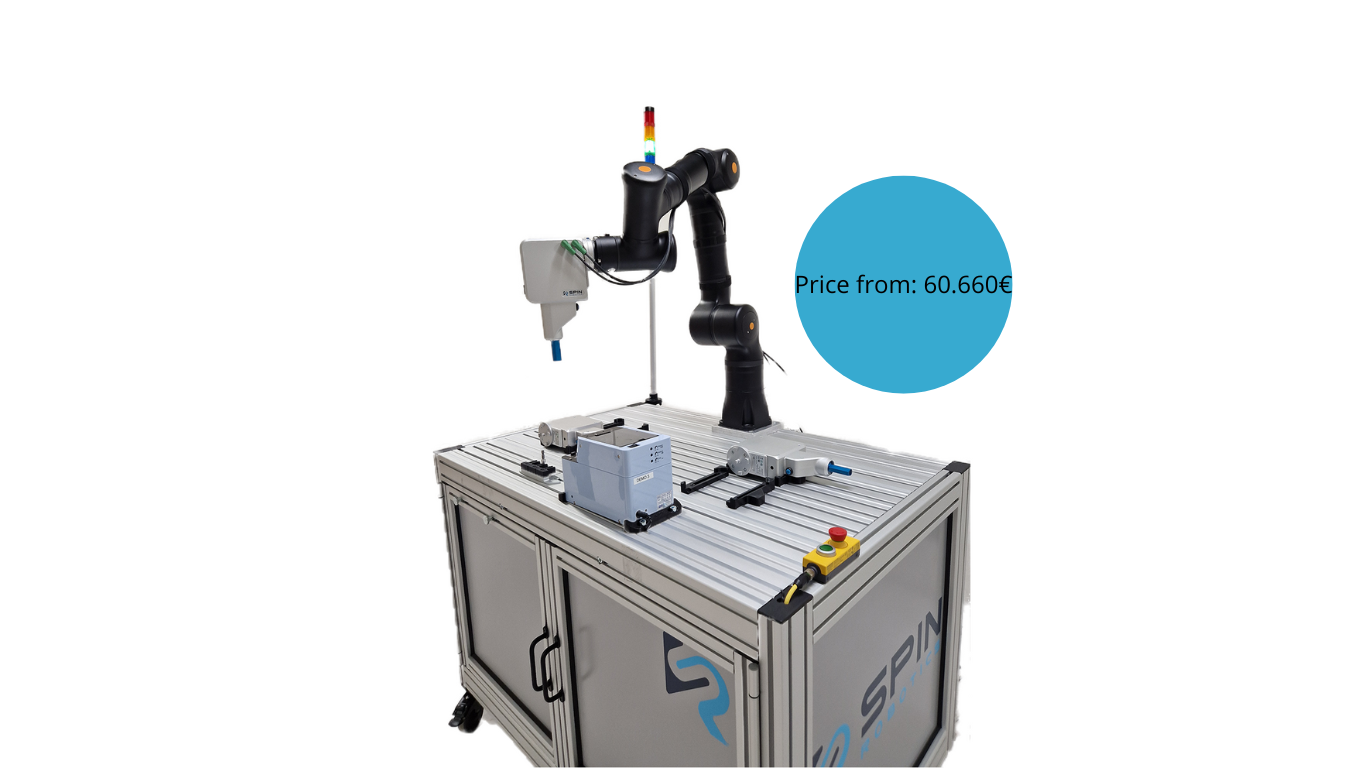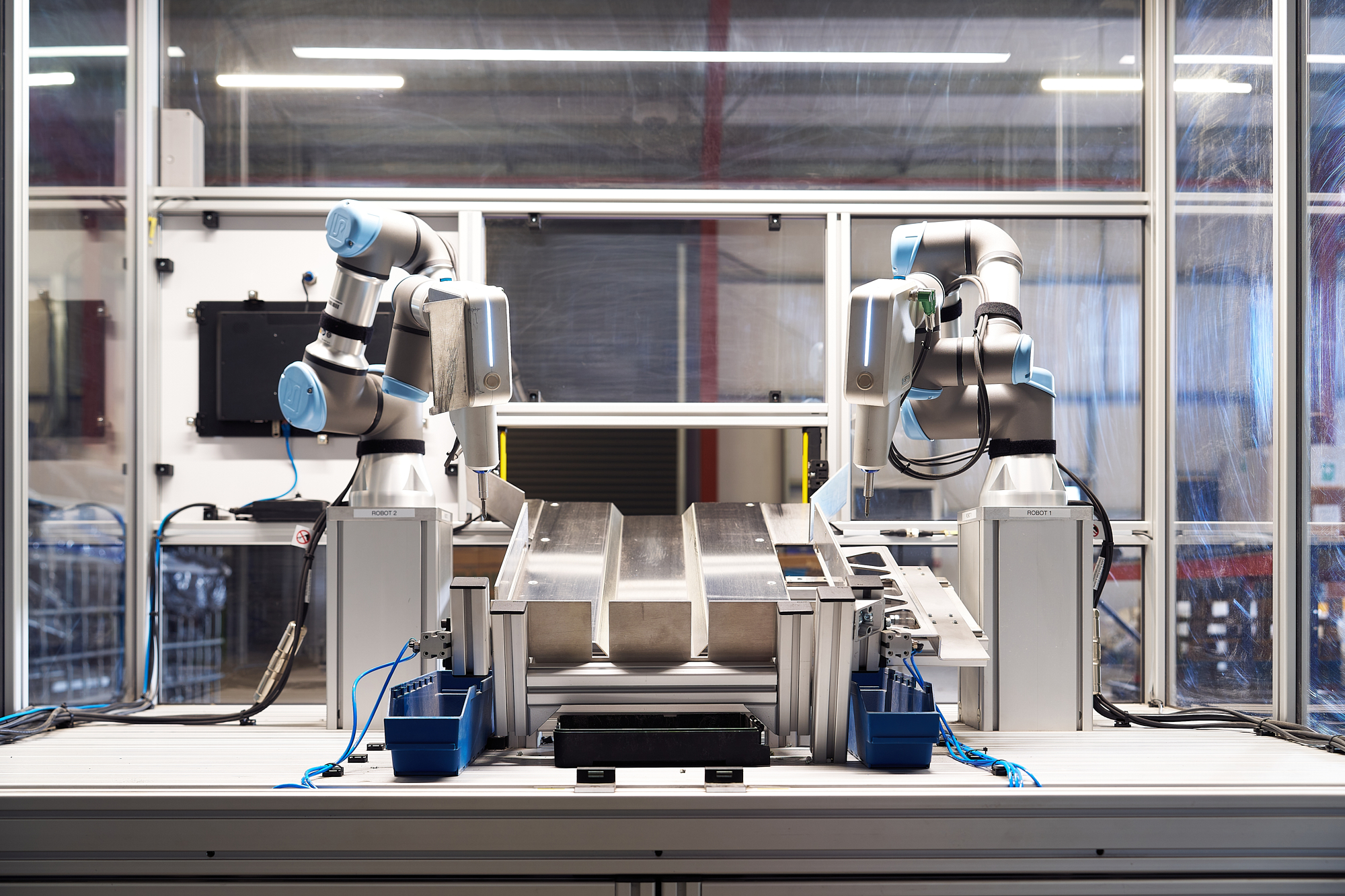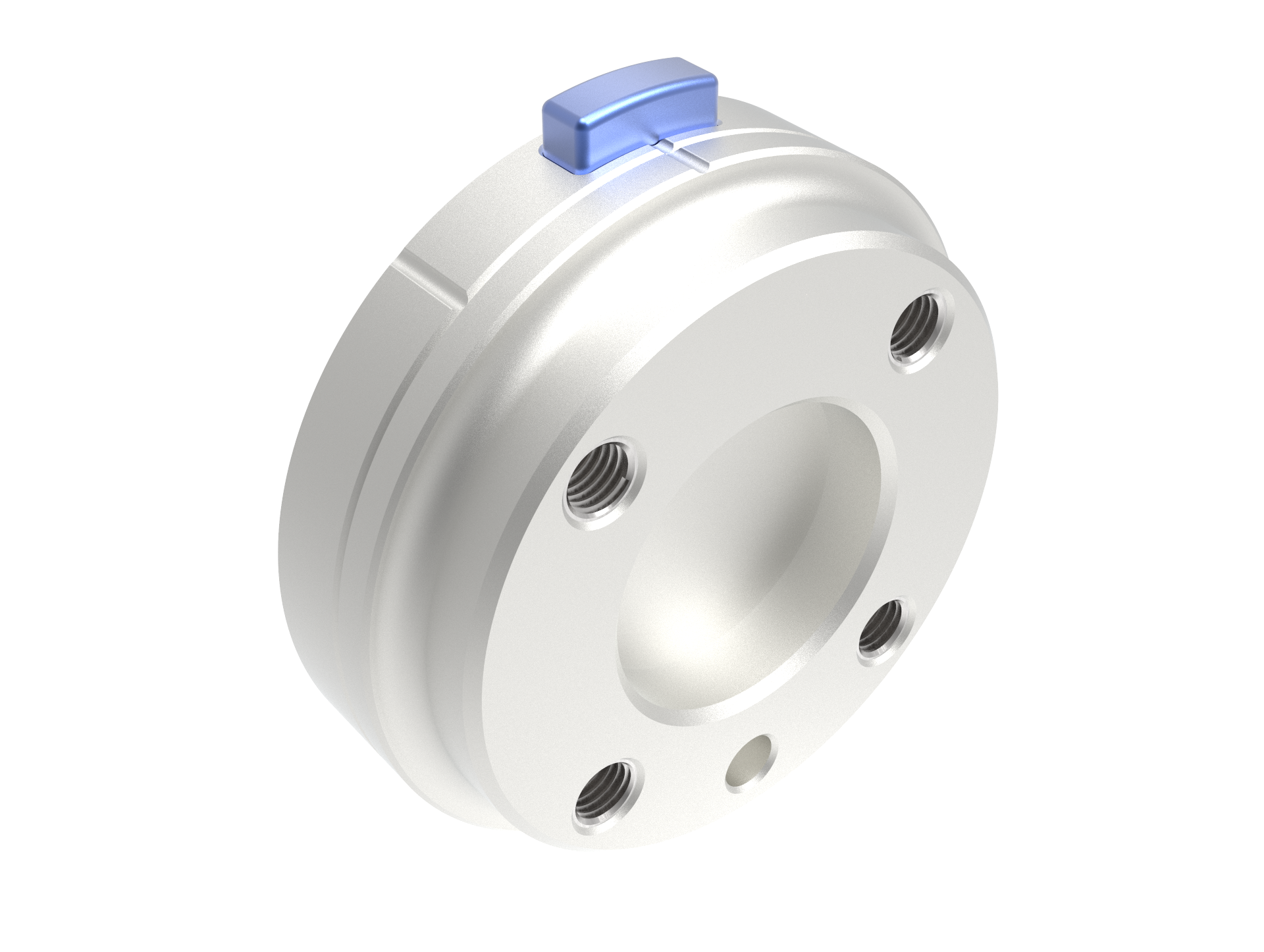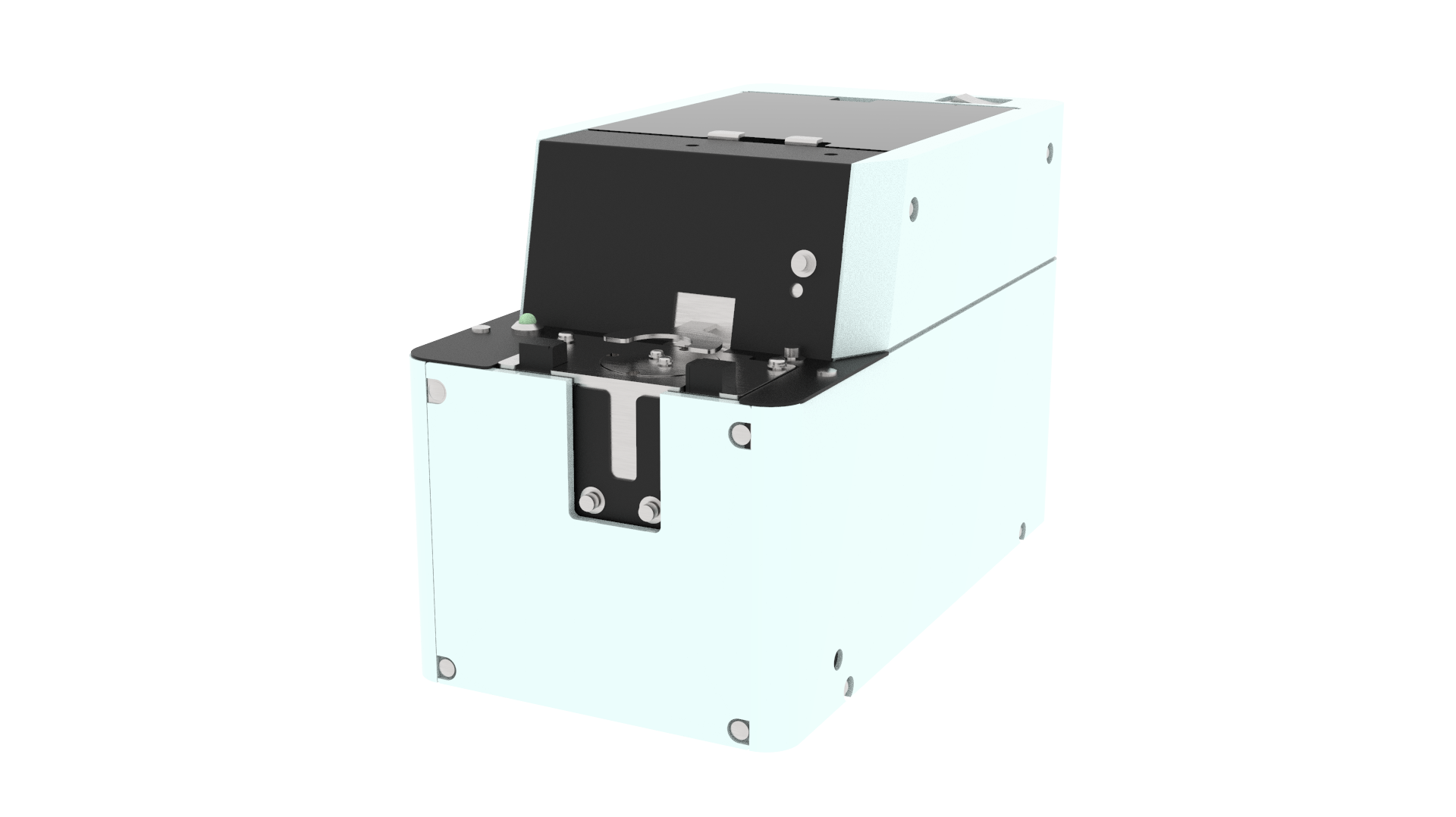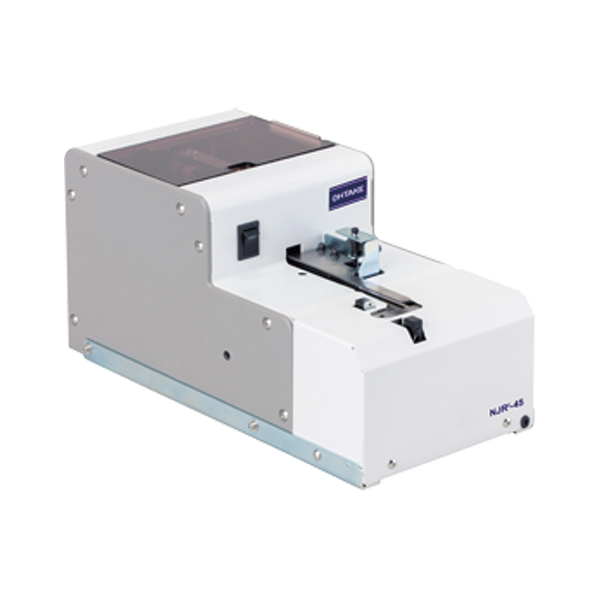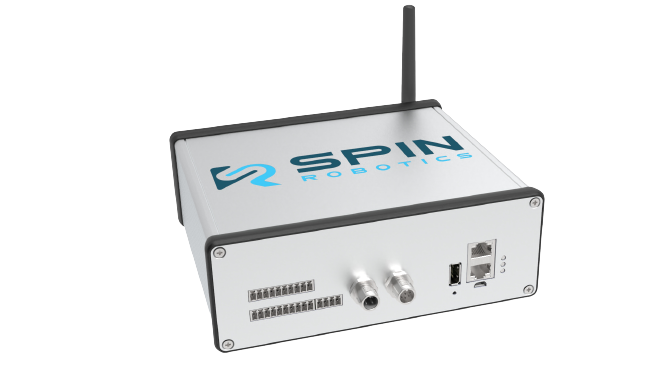5 Things To Consider When Selecting Industrial Screwdriver Applications
Screwdrivers are a versatile category of tools used in a lot of different industrial areas.
From basic assembly tasks to the most specific and precision-driven industrial installations or disassembly, screwdrivers are diversified to the level, that allows them to facilitate professional manufacturing, regardless of the industry, and end product.
Often in an industrial assembly process, the complete screwdriver system, and not only the screwdriver needs to be adapted for the specific application it is used in. In each case, a variety of different attributes and external factors are considered, to ensure that the best possible solution has been selected for the task.
In the following list, we have collected the most significant aspects to consider in industrial screwdriver applications. The classifications provided here, however, are just a few of the many factors one should consider when selecting their tools.
1. Mobility
When considering screwdriver options, one of the main considerations is whether the assembly is better served with a manual or stationary (fixated) screwdriver system.
Manual screwdrivers are the most accessible and mobile assembly tools. In case of shorter production cycles, relatively low volume, and a high variety of products, handheld screwdrivers are the best choice.
Stationary screwdrivers on the other hand are better suited for assembly lines the require large volume outputs and long product cycles. These fixated assets are put to specific sections of the assembly line and are highly specialized for a given task. For example, in plastic-window and door engineering, stationary screwdriver systems are ideal for screwing in reinforcements.
2. Drive method
The most common types of screwdrivers in terms of drive methods are electrically and pneumatically powered ones.
Pneumatic screwdrivers are all corded and need an air supply to operate. This makes them more bounded in terms of workspace and accessibility.
However, these solutions can also be less costly, than some electric alternatives. Assembly lines, for instance, in the automotive industry can utilize these tools, when the sequence of assembly is specified, and compressed air supply is present.
Electric screwdrivers can be used in a broader range of activities, due to their relatively compact size, accuracy, and flexibility.
These can be used from furniture assembly to the aviation industry, with the right parameters in place.
3. Flexibility
The ability to change parameters (torque, angle, turn-direction, speed, or screw-depth) during assembly can be essential.
When a plant assembles different parts for a product, each part and step might have varied requirements. In an automotive assembly line, for instance, the optimal torque, angle, and other parameters of the assembly can be much different in the chassis and the suspension.
Moreover, the flexibility of a tool gives the assembly line the opportunity to switch its capacities to different products/ goods on demand, in a relatively short time.
4. Reliability
The reliability of the tool is among the most important factors manufacturers should assess before purchasing screwdriver systems. The requirements for reliability always have to be determined by the specific task(s) it is intended to be used for.
In the case of some applications, operators only need simple feedback, such as “OK/NOT OK”, while in other cases they might need exact recordings, evaluations for each assembly step.
For instance, precision data of the assembly are needed in the case of an aircraft engineering facility, while less or no recorded data might be sufficient for a furniture assembly plant.
5. Cost implications
To get a full picture of the cost of each solution, companies should consider both the investment costs and the operating costs of the given screwdriver system.
Although, as the operating costs tend to be quite low in the case of both electrically and pneumatically powered screwdriver applications, the one-time investment cost of the item will be the real dealbreaker.
The price difference between the solutions can be significant, with highly specific, reliable manual screwdrivers and stationary systems being the most expensive investments.
We have only scratched the surface of the factors that one should consider before investing in industrial screwdriver systems for their plants.
It is important to highlight, however, that the precise determination for the correct screwdriver technology that fits the specific use case, can only be made by performing a targeted application analysis beforehand.
If you would like to learn more about screwdriver applications for industrial use, check out our Blog or visit our website.

